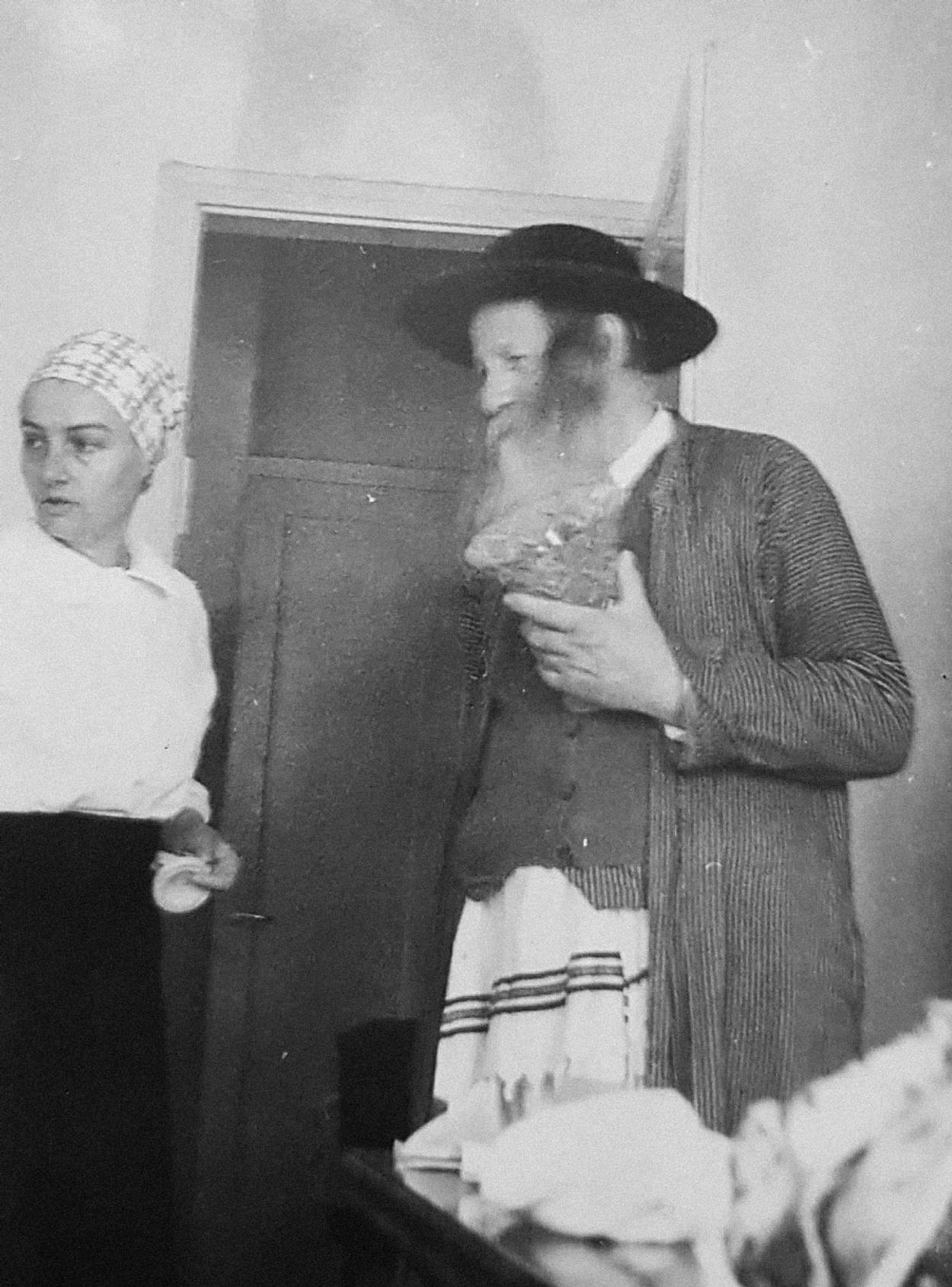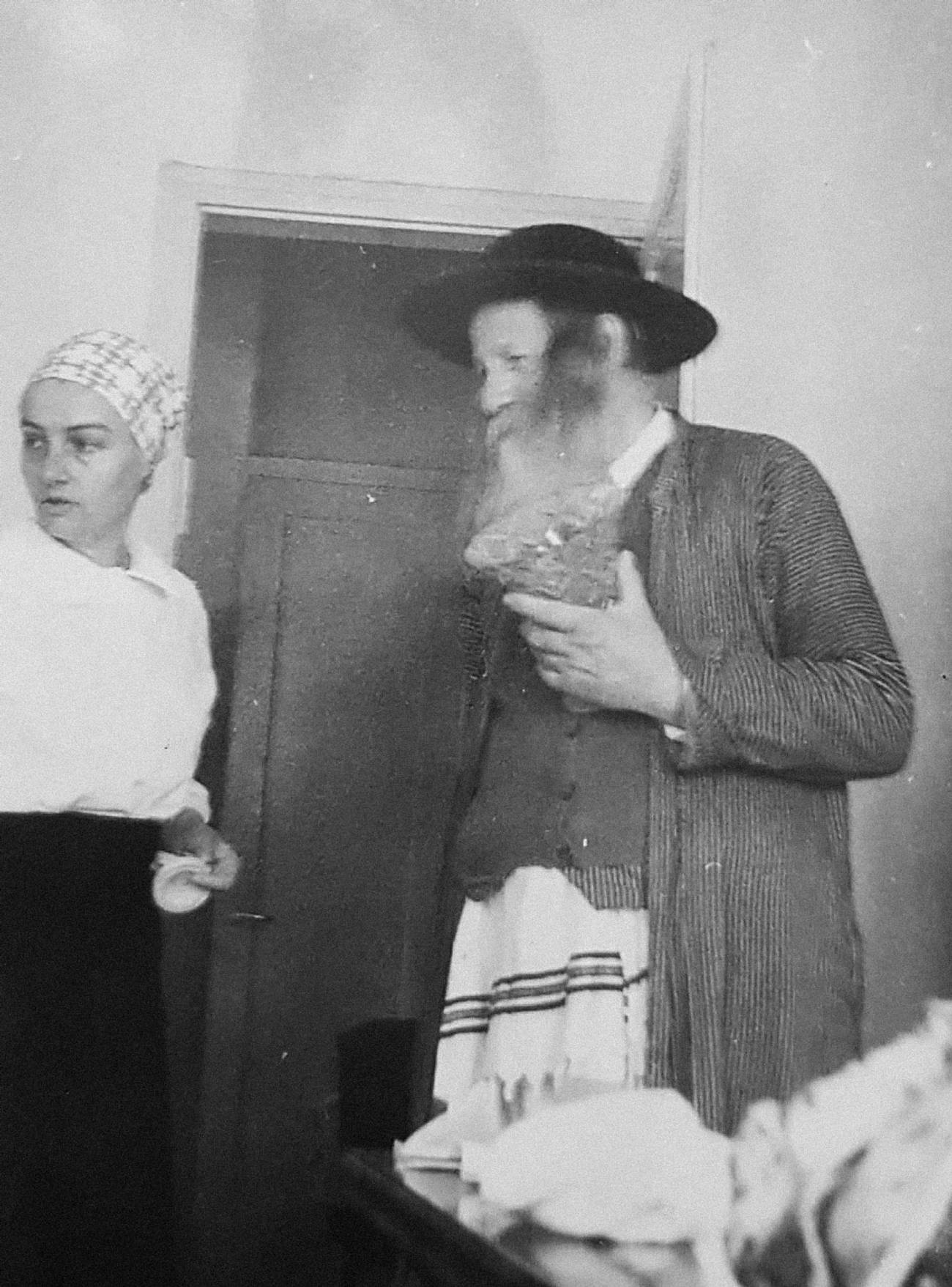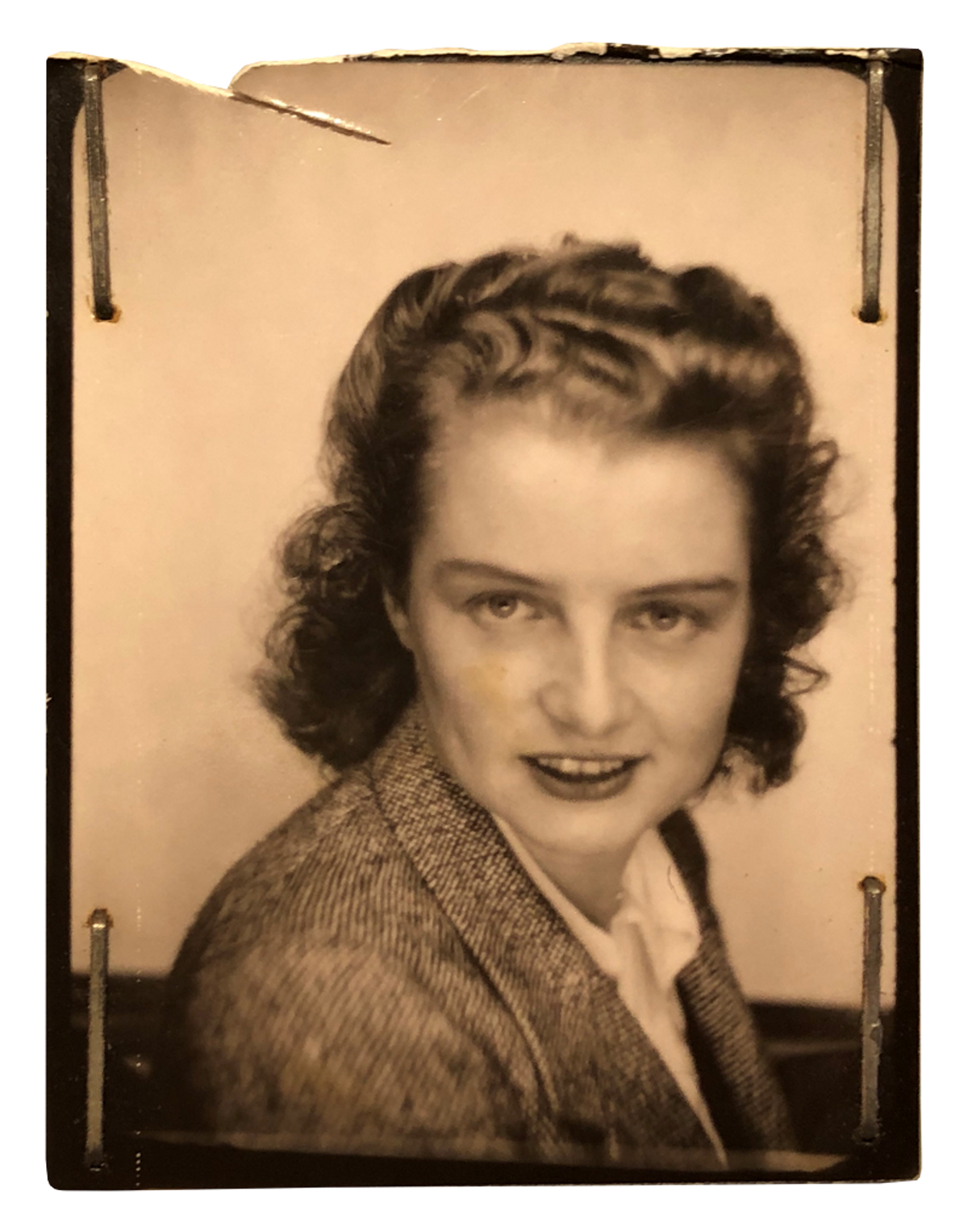The Rabbi’s Wife Was a Spy
Ruth Blau’s shocking, true-life journey from Catholicism to the top of the ultra-Orthodox Neturei Karta—and from the French Resistance to facing off against the Mossad




Isser Harel, head of the Mossad, Israel’s spying agency, landed in Tel Aviv in mid-March 1962, returning from a work-related trip, to find an urgent message waiting for him: “David Ben-Gurion wants to speak with you.” Harel was one of Israel’s fiercest and most sophisticated spymasters. The Mossad under his leadership had become the fear of ex-Nazis and Arab plotters. Two years earlier, Harel’s team had caught Adolf Eichmann in Buenos Aires, Argentina, smuggling the Nazi officer responsible for the murder of half a million Hungarian Jews during the Holocaust to Israel and bringing him to justice.
Ben-Gurion, Israel’s first prime minister and one of the most outstanding leaders of the Zionist movement, was waiting for Harel; it was almost 10:00 p.m. The two spoke on various subjects, but Harel felt that Ben-Gurion had not yet touched on the real reason he had been summoned. It was almost midnight when the meeting came to an end. Only at the doorstep, as he wished Harel goodnight, did Ben-Gurion finally say what was on his mind: “Can you find the boy?”
Harel instantly knew that Ben-Gurion was referring to Yossele Schumacher, who had been kidnapped by his ultra-Orthodox grandfather and whose whereabouts remained unknown. The kidnapping of Yossele was tearing Israeli society apart, creating an unresolved saga of a religiously motivated ideological crime. Therefore, Harel accepted the mission and modestly declared: “I will try.”
It took the Mossad three months to solve the case, finding the boy hidden under a false identity in New York. The Mossad forwarded the information to the FBI, locating the boy and bringing him back to his parents. In retrospect, Harel said that solving the Yossele case was one of the most challenging and complicated operations he ever conducted.
Many people were responsible for kidnapping, smuggling, and hiding Yossele, but the person responsible for orchestrating the complex campaign was a virtually unknown woman: an outsider and French convert to Judaism called Ruth Ben David. As soon as Harel accepted the mission, Ruth became a fugitive. Harel had no idea how complex the chase would be, for Ruth herself had been a spy and gained extensive experience in undercover operations. Two great minds were playing a game of chess against each other.
This episode was not the first time an espionage agency had been on Ben David’s tail. When Harel was eventually able to trick and catch her, after a fleeting act of negligence on her part, it was not the first time she found herself in an interrogation room. Harel admits that she was tough to break; it took him 14 days to get her to confess, and he almost gave up. Clearly, she had been trained to withstand questioning. Above all, this was neither the first nor the last time she put her life in danger while fighting for things she believed in, placing herself in the most precarious of situations.
“Who are you, Ruth Ben David?” was the question Harel famously asked as he tried to get under her skin—a difficult question to answer, indeed.
Very few people in the 20th century had a life story as thrilling as Ruth Ben David/Blau.
Very few people in the 20th century had a life story as thrilling as Ruth Ben David/Blau. She was born in northern France in 1920 as Madeleine Lucette Ferraille, but while she was still a toddler, her family moved to Paris. She was the only girl of a disintegrating family with a sick mother and philandering father. She was born Roman Catholic, but as a young woman, she decided to renounce her birth religion. Instead, she embarked on a spiritual quest, beginning with Seventh-day Adventism but eventually finding herself in the heart of the Jewish ultra-Orthodox enclave in Jerusalem. Along the way, she passed through several stages. First, she was active in the French Resistance. Later, she embarked on an educational journey in philosophy as a doctoral candidate at the Sorbonne during the 1950s, which influenced her immensely. Next, she tried her luck in business but ended up in prison for several months due to tax evasion. Finally, she converted to Judaism in 1952 and moved to Israel in 1960 after a failed love affair. Afterward, from 1960 to 1962, she helped hide Yossele Schumacher, whose ultra-Orthodox grandfather abducted him as part of a militant conflict between ultra-Orthodoxy and secular Jews in Israel.
In 1965, despite a sensational scandal, she married Amram Blau, head of the anti-Zionist, ultra-Orthodox Neturei Karta faction. After the death of her husband in 1973, she took it on herself to travel to the Arab world to help the Jewish communities in Lebanon and Iran, meeting with Yasser Arafat, head of the Palestine Liberation Organization, and his deputy Abu Jihad. But it was in Iran that she made her most significant connections. In 1979, she met with the leader of the Iranian revolution, Ayatollah Khomeini, to discuss the conditions of Iranian Jews. Her name is even connected in a convoluted way to the Iran-Contra scandal, when the United States, with the support of the Mossad, sold arms to Iran through a third party in the early 1980s.
Ruth Blau was a woman of contradictions: a lapsed Catholic who became a Haredi Jew; a free-thinking and promiscuous French woman who closed herself off in an environment that oppresses women; a devoted mother to an only son who caused immeasurable suffering to other parents who also had a son; a businesswoman in search of spirituality; a beautiful young woman who married an elderly and infertile man; someone who ostensibly found herself placed in the traditional world of Meah Shearim yet rebelled against the limited role of the submissive wife, fought to get what she wanted, and ultimately became a proximate leader in her own right. How can we explain all these twists and turns?
It was the winter of 2008 when I began to develop an interest in the biography of Ruth Blau. At first I assumed that studying her life story would be an easy project: She had published an autobiography, other scholars had written about her, and she had been a media figure who regularly featured in the news. When I met someone who knew her in person, he asked me to tell him what I knew; I responded, and he started laughing. He said, “You know nothing.” I insisted: “But she wrote an autobiography.” He replied: “Don’t believe a word she said. She was a liar.”

I took this recommendation to heart. Starting from assuming that I could not trust any of the facts she mentions in her autobiography and the interviews she gave, I had to fact-check her claims by checking additional outside sources rigorously. For that purpose, I traveled to Paris, Boston, and Jerusalem to collect information, investigate archive materials, and conduct interviews with people who knew her. Sometimes my task almost felt like detective work, piecing together clues and hints from her past.
After investigating Ruth’s life for so many years, I can confidently state that she was not a liar. Much of what she said has been confirmed as correct. However, she did not tell us the whole story, and she sometimes distorted the historical narrative of her life. My research revealed some astonishing discoveries she had never mentioned to anyone. One can only guess why she omitted sections of her past from her narrative, especially parts of her early years before converting to Judaism.
The comment that Ruth was a liar illustrates the deep public sentiments toward her. Ruth was a person people loved to hate, an antihero, a villain. While the majority of the Jewish people were Zionists who strongly supported the newly created, struggling State of Israel, Ruth was an anti-Zionist. When Jewish secularity triumphed, she became ultra-Orthodox. She was perceived as a child snatcher and even a child abuser. For Yossele, she had the face of the devil.
In an interview in 2020, 58 years after his abduction, Yossi Schumacher said that he had made peace with his past, and he forgives almost all the participants in his kidnapping, with one exception: Ruth Blau. Her bad reputation in Israeli public opinion included unflattering pictures in the Israeli newspapers, although everyone knew she was beautiful. Although Jewish tradition states that one must never remind a convert of their conversion, in the Israeli press, she always was described as “the convert.” She had been married since 1965, but the press always referred to her by her maiden name after conversion: Ruth Ben David. Reminding the readers of her conversion and not calling her by her correct last name was a subtle way of shaming and annoying her.
Her image changed during the scandal surrounding her engagement to Rabbi Amram Blau, when it was revealed that the Haredi community opposed their marriage solely because Ben David was a convert and hence an unworthy match for a great rabbi. Many found such discrimination unacceptable, and after the protest was published in the secular newspapers, the couple received many letters of support at their home. Their love story, coming from behind the walls of the most conservative Jewish movement, touched the hearts of many as a tale of passion against all odds.
The discoveries of her past highlight some positive aspects of her life. She fought the Nazi invaders without fear, using her charm and beauty in the service of the Resistance. She helped Jews escape the Nazis. She traveled to Arab lands to help Jews in distress. The silver lining of her personality is that she always aspired to make a difference and do good things. Unfortunately, however, her moral compass sometimes sent her to dark places.
Ruth died in 2000 and is buried in Jerusalem. She was a colorful figure, well-known in Israel, with the Israeli press covering her constantly. Besides being eccentric and different, she has been an important figure in many ways. We can learn many aspects of modern Jewish and Israeli history through her biography.
The excerpt is reprinted with minor modifications from Motti Inbari, “Ruth Blau: A Life of Paradox and Purpose” (2023), with permission of Indiana University Press.
Motti Inbari is Professor of Jewish Studies at the University of North Carolina at Pembroke.